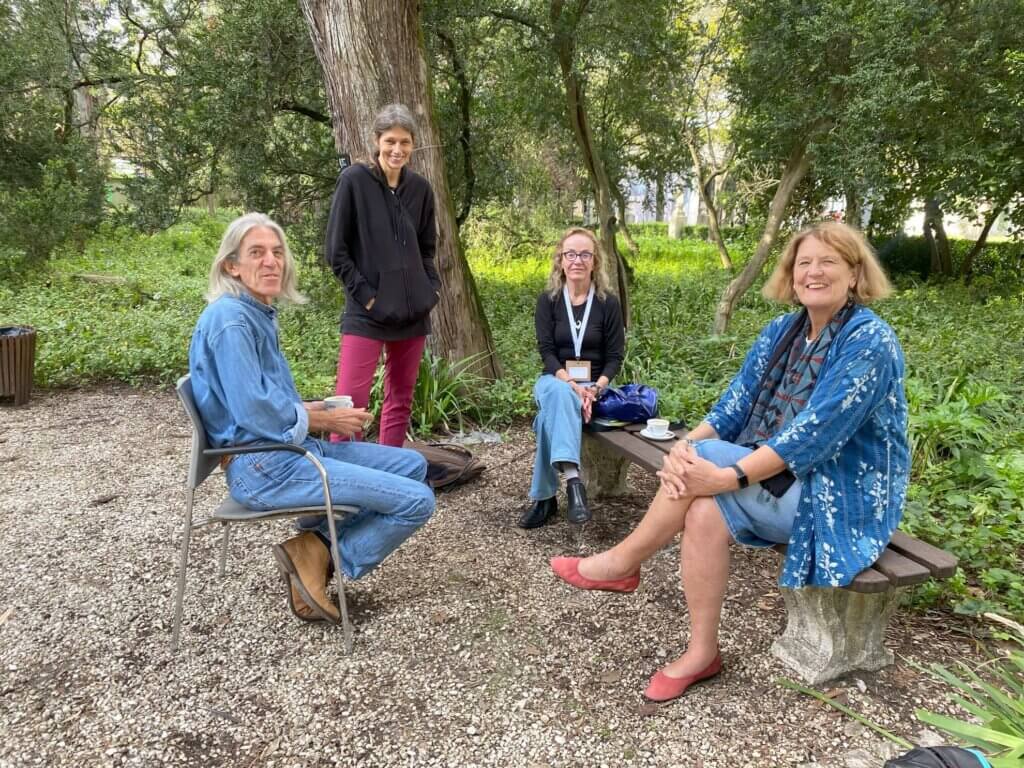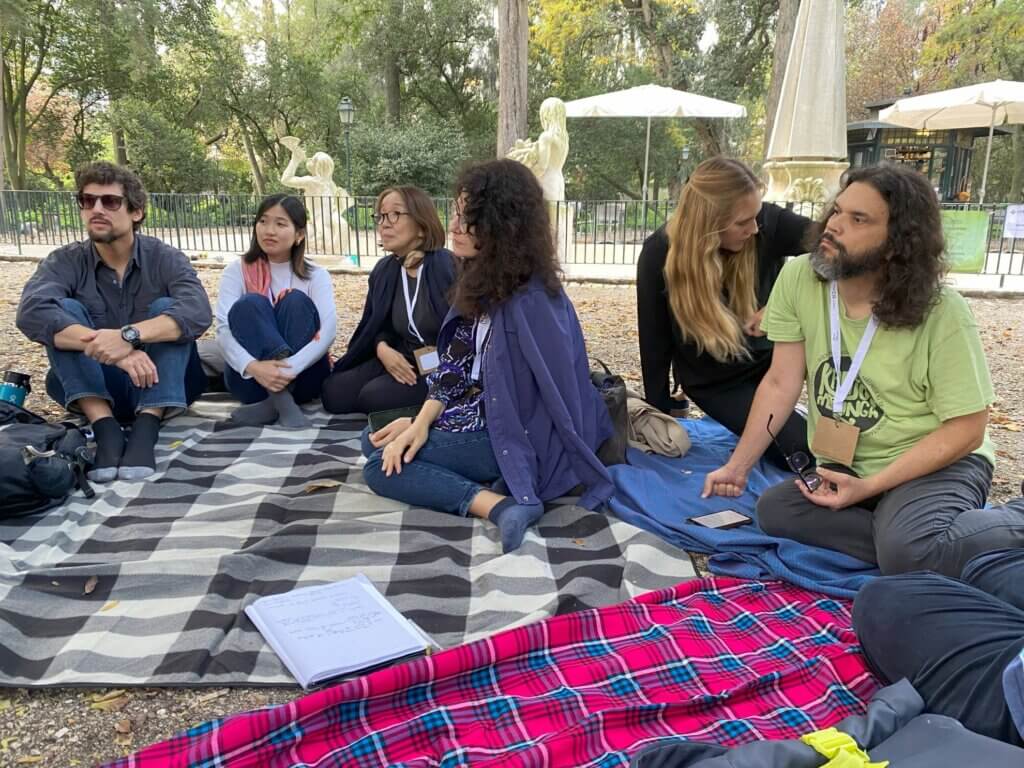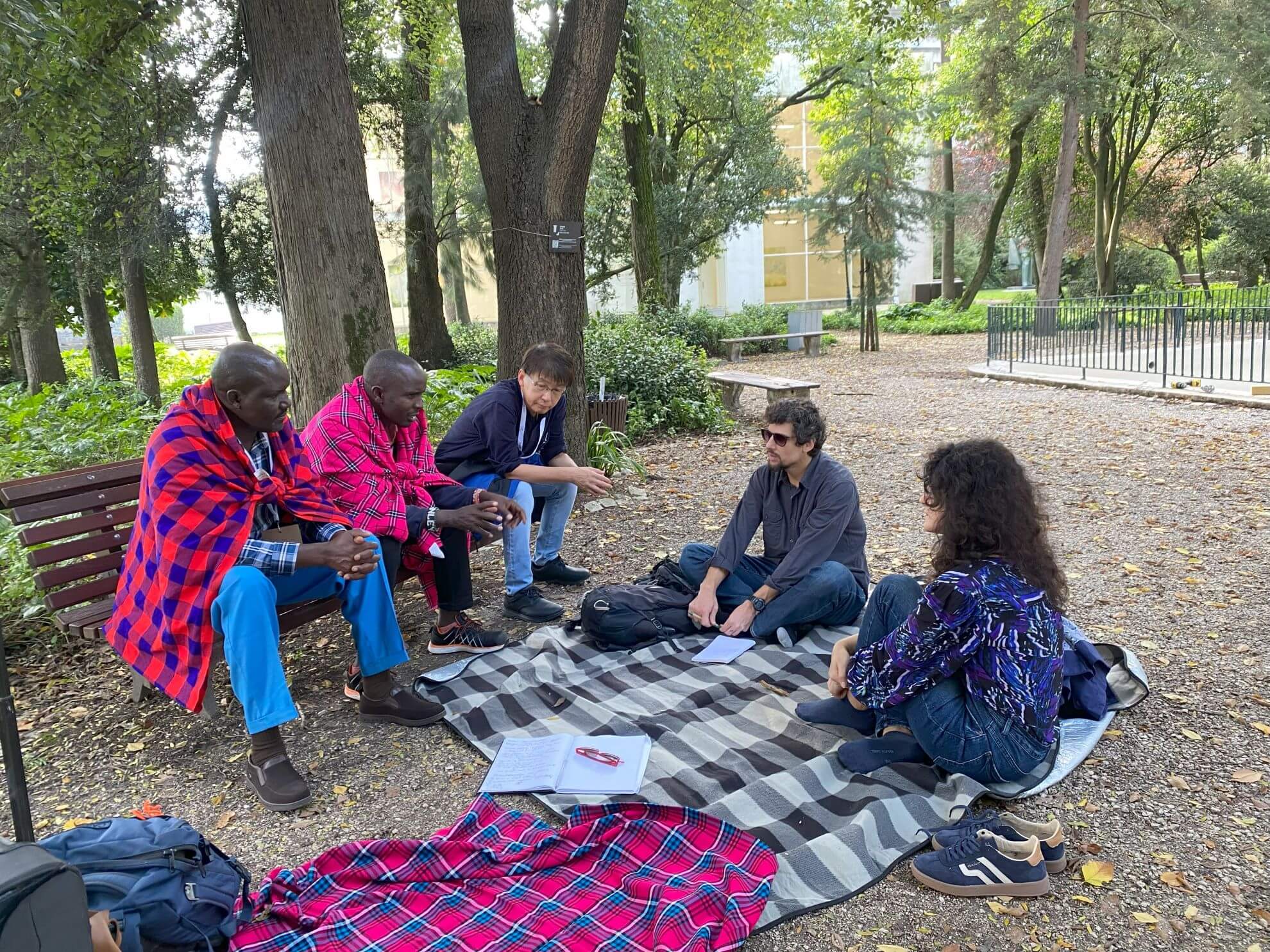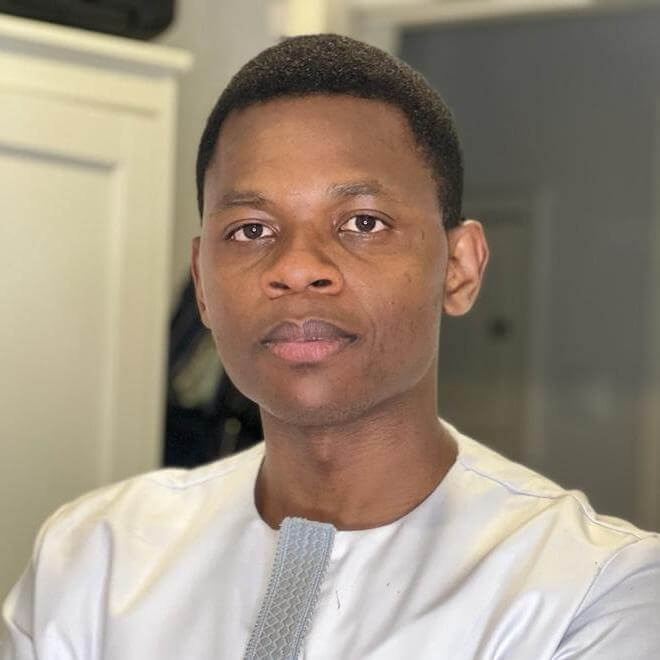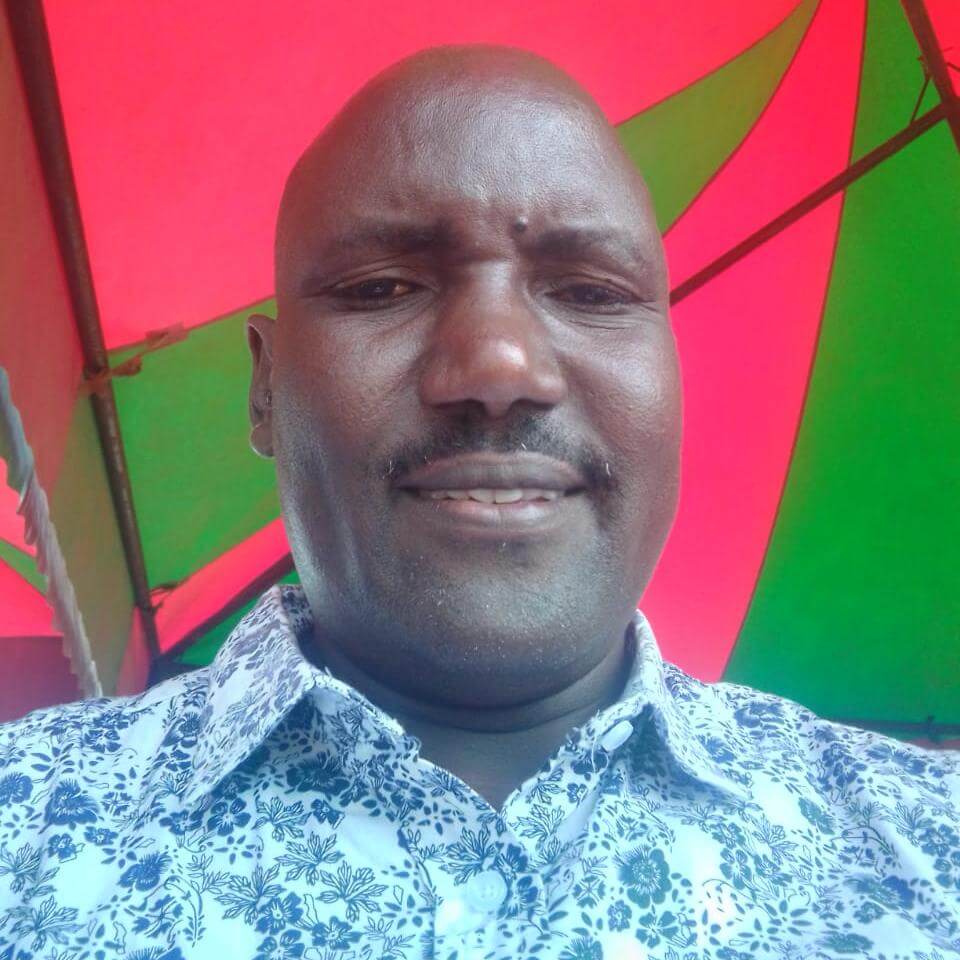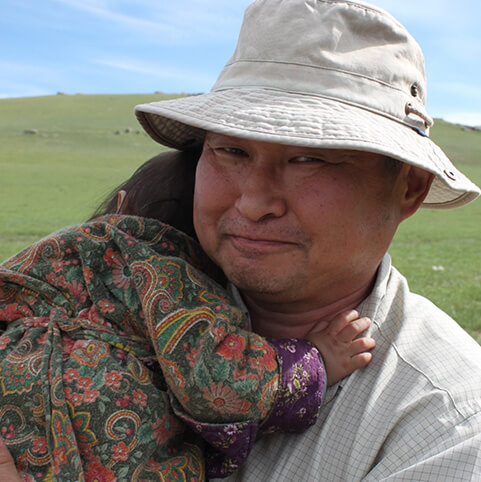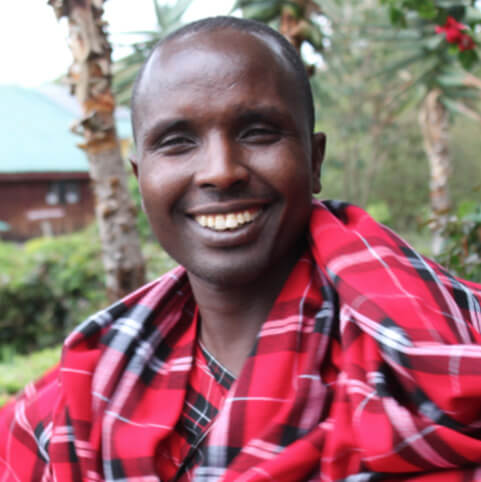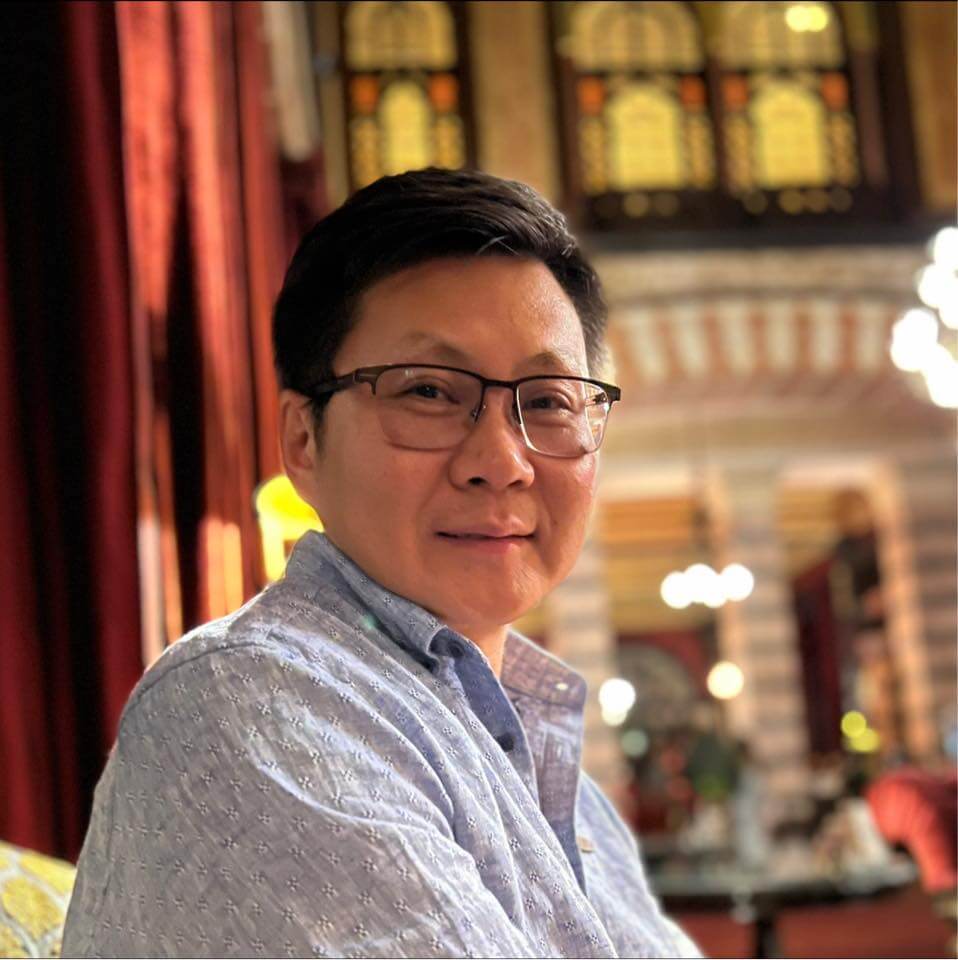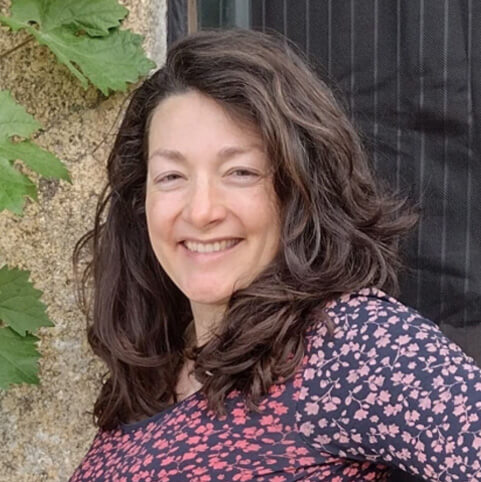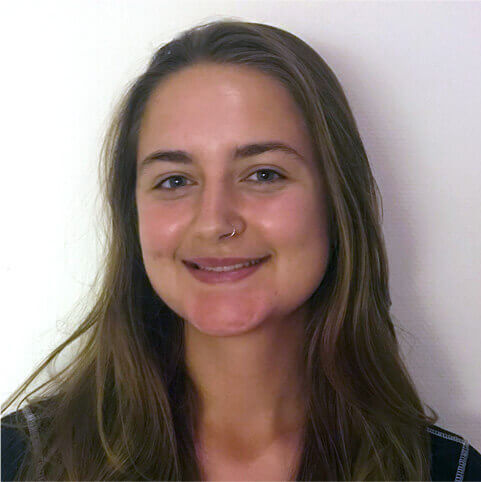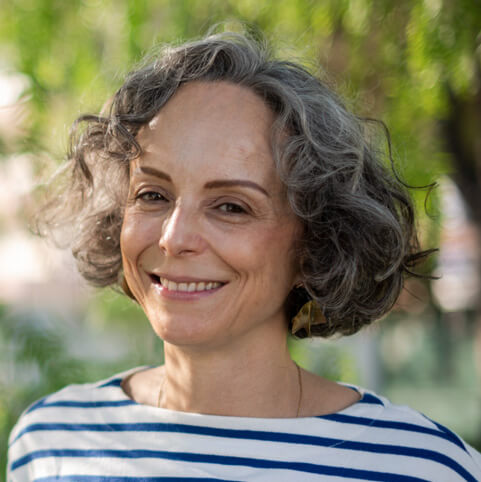Open Space is an approach to organizing some or all of a meeting including symposia or conferences. It involves literally leaving “open space” in all or part of a meeting schedule and following a facilitated process for participants to suggest what the content of the meeting should be. For the MYNA symposium this meant leaving the final morning of the symposium free for Open Space. Megan Wainwright, who has both participated in Open Space and facilitated Open Space, coordinated the session. Open Space is a way to transfer power over what gets airspace to participants themselves. It can encourage breakthrough thinking, and, as is often said, it brings the dynamism of the coffee break conversations to the centre stage. We’ve all experienced the frustrations of being inspired by something but being told “we’ve run out of time for questions or discussion”, or turning-up and finding that the thing you were really passionate about isn’t in the program. Open Space provides a place for these ideas to be tabled and included.
The way it worked at the MYNA symposium was that on day 1 Megan presented the idea of Open Space, including the four principles of Open Space and the “rule of two feet” (see https://openspaceworld.org/ for more information). Attendees were asked to post ideas of “conversations” they would like to “host” or participate in, on a flip chart or post-it style piece of paper. People were encouraged to browse the Open Space brainstorming desk/flip chart at coffee breaks. By the end of the first day, two ideas had been proposed. On the morning of Day 2 Megan reminded everyone about Open Space and by the afternoon nineteen ideas were posted. Megan then worked to group similar ideas together. It was clear that four topics were of shared interest, and you can read more about them below (see image). Megan took volunteers to “host” each of the four conversations, and everyone was reminded that the remaining ideas could be interjected into any of those topics and they should feel free to do so (see butterfly and bumblebee ideas in image below).
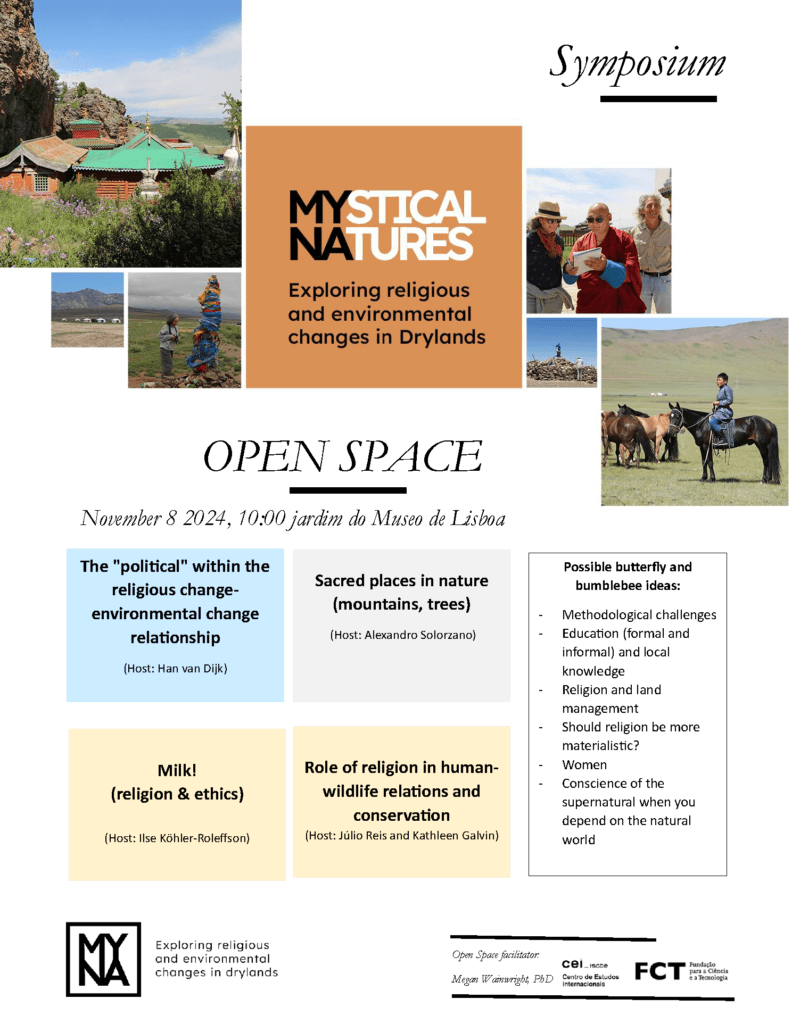
With the support of the Museum of Lisbon (and mother nature’s good graces) we held the Open Space session in the gardens of the museum from 10:00 to 12:30 – sitting on picnic blankets or Masaai chukas, or simply standing. The 30 minute walk to the gardens brought to the activity a convivial and active feel. Upon arrival we huddled next to the coffee kiosk in the gardens and decided to drop one of the four topics and so focused on three conversations: 1. The “political” within the religious change-environmental change relationship, 2. Sacred places in nature (mountains, trees), and 3. Milk! (religion & ethics). Consistent with “the law of two feet” people could move around the groups and break-off into side conversations to their liking. Conversations were dynamic and free-flowing. Complexity and comparison were embraced. We heard lots of good feedback and are quite sure it will inspire others to look into the approach and integrate it into the way they organize academic meetings in the future.
